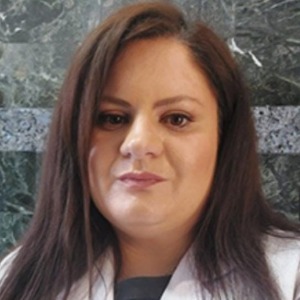Abstract:
Multiparametric ultrasound examinations in pediatric age groups are challenging both in terms of obtaining consent for their study and in their use. Another important challenge in this field is the definition of criteria that may be different from adult criteria both in terms of cut-off values ??and the permission to use them as is the case with CEUS as well as in terms of the method of contrast administration and the fact that some examinations are on label and some off label for pediatric ages. Another challenge is the appropriate acoustic window as in the case of elastography or in the cut-off used both for the stiffness value and for fat quantification. A challenge is also the specific criteria that have different pediatric subgroups such as neonates, prematures, etc.
Ultrasound elastography is a new technique that has been extensively investigated in children in the last decade. It measures tissue elasticity by observing the tissue response to an external stimulus. From research to clinical practice, ultrasound elastography has evolved significantly in the assessment of liver fibrosis in children; however, several other applications of the technique are available in both clinical practice and research settings. In children, virtually any organ can be assessed, including the brain at a young age, in addition to assessing the elasticity of the spleen, kidneys, muscle and connective tissue, skin, lymphatic tissue, etc. When performing ultrasound elastography, the elastography method, age, body mass index, and technical points should be taken into account. Ultrasound is a dominant imaging tool in the pediatric age group, however, there is still room for study of the indications and examination protocol for its clinical use in some areas in pediatrics, as well as the implementation of fat quantification.
Contrast material–enhanced US is a technique that is approved by the for the characterization of liver lesions and intravesicular applications in children for vesicoureteral reflux, also contrast-enhanced US has several other pediatric applications in clinical practice.




